Why do my LED Bulbs Flicker?
There are several things that can cause your LED lights to flicker. All cars are different and what might mean ‘plug-and-play’ for one car, is a wiring nightmare for another. This is especially true with off-brand LED bulbs from marketplace sellers looking to make a quick buck.
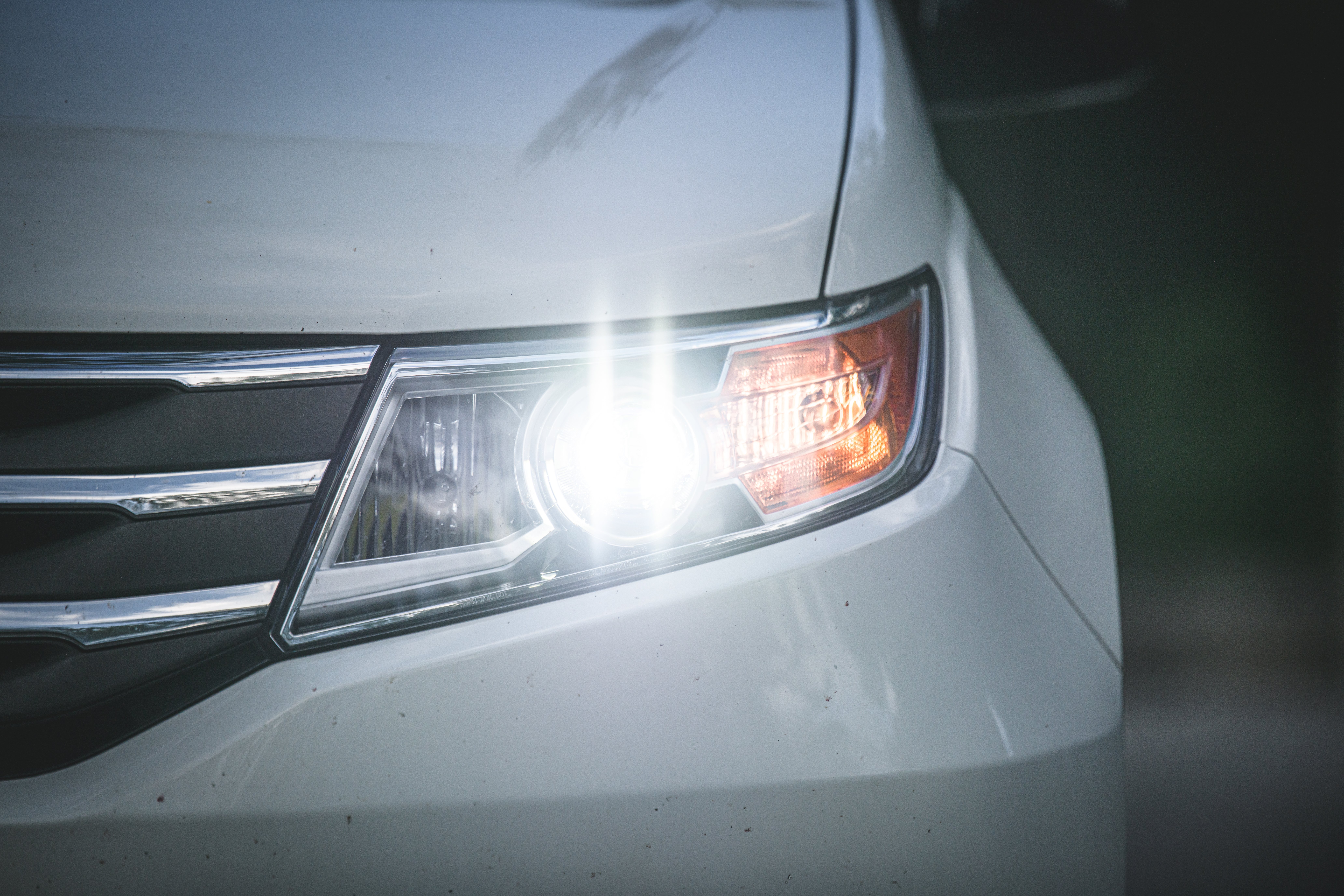
We will be looking at a few ways that cause your LED bulbs to flicker or cut on and off. It is important to solve this not just in the perspective of giving yourself the best possible visibility, but also to prevent it from being a distraction to other drivers. Not to mention the headache that quickly flickering lights can give you.
ROUTE CAUSE OF FLICKERING
More often than not, your LED lights flickering is caused by the power differences between what your car emits, and what the LED bulb requires to run. You also have the differences in the current that runs through your car and what the LED bulb picks up on.
This flickering can happen in your headlights, turn signals, brake lights, and even the interior lights (albeit rarely). No need to worry, there are some easy fixes to these very common problems.
TYPES OF FLICKERING
Every vehicle is different and because cars have been produced in multitudes since the beginning of the 20th Century, your car may present different issues than what we cover here. If so, feel free to drop us a comment and we will do our best to assist you.
On some vehicles, you will need to be able to access the respective bulbs. Doing so may require a few tools, but are not always necessary depending on your vehicle.
Tools Needed for the Job (optional):
Phillips Screwdriver
Needle Nose Pliers
Rubber Gloves
Headlights
There are two instances flickering will hit your low and high beam headlights. The first of which is the difference between the electrical current that runs the OEM halogen bulb. The current flowing to the bulb in the headlight, it can be one or both the low and high beam, is intermittent. Halogen bulbs operate on less electrical stress and only emit portions of electricity.
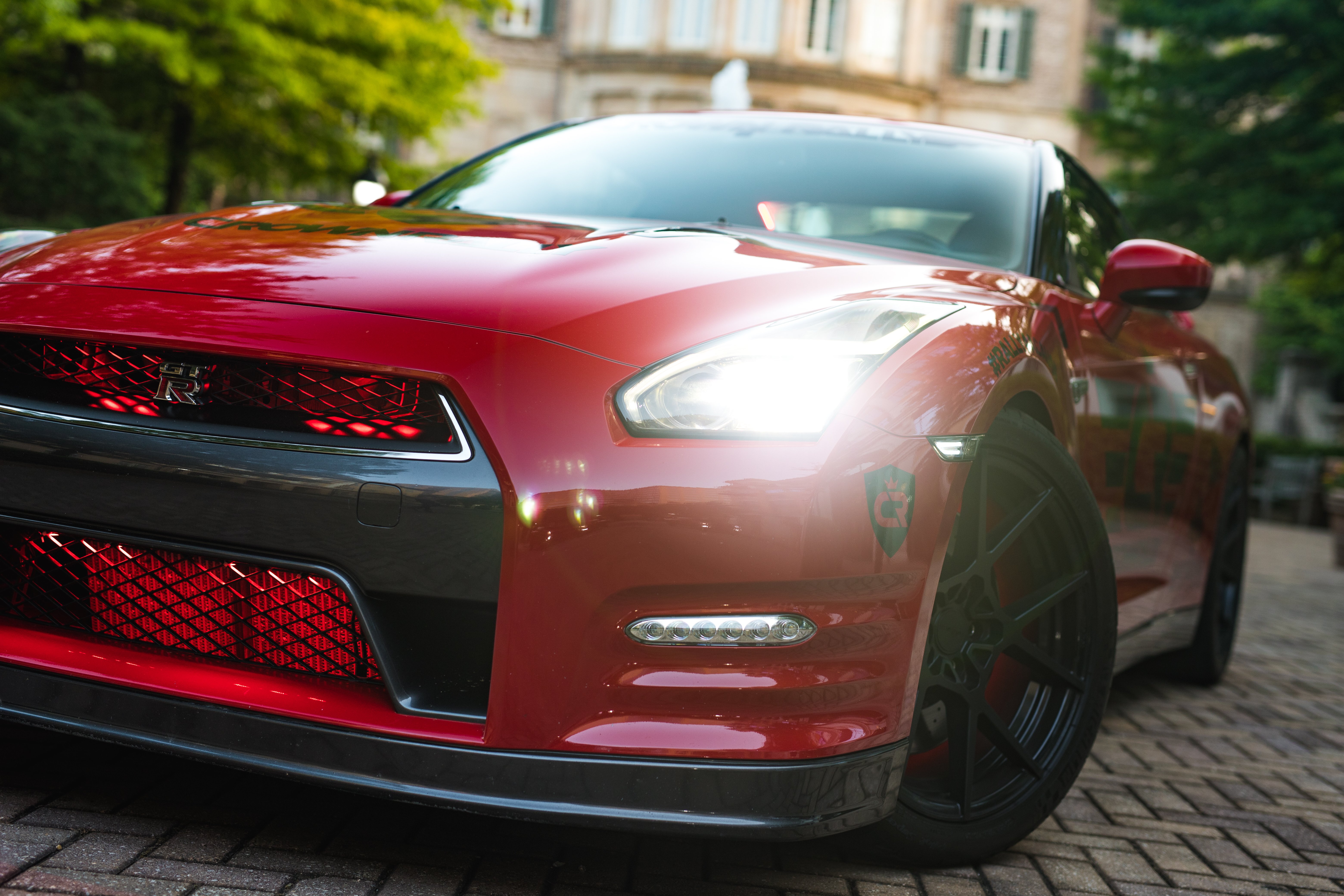
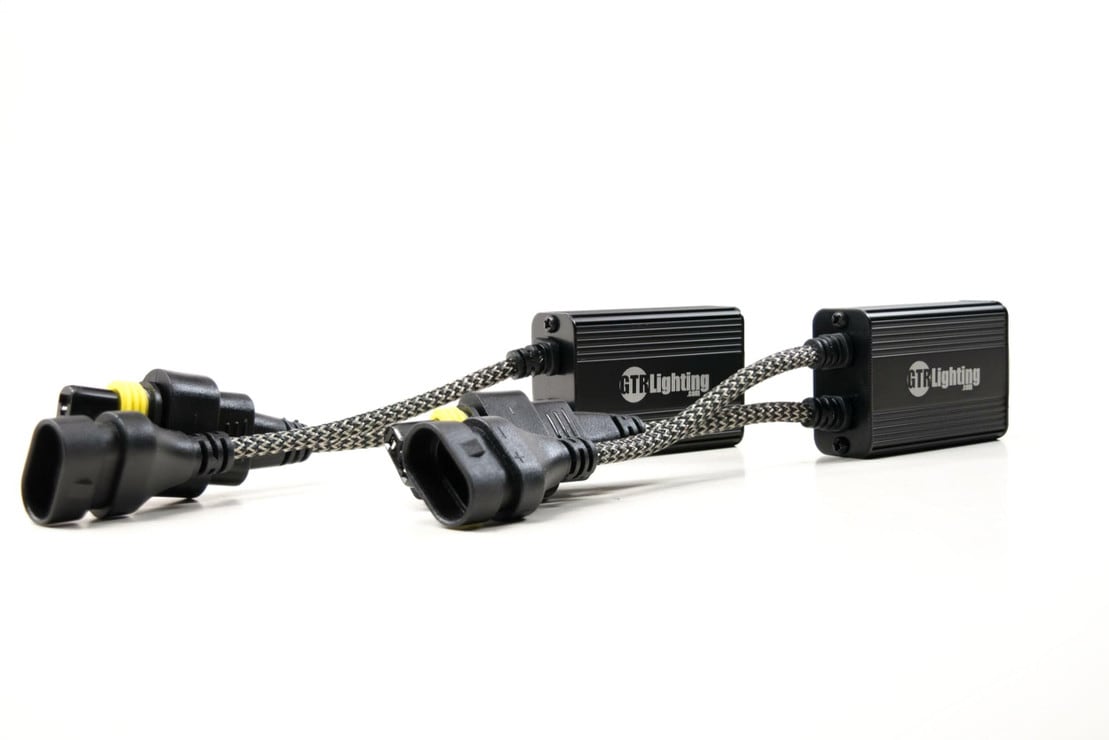
LED bulbs are far more sensitive to the variances in the electrical current. As a result, they pick up on the intermittent current and power on/off with each pass. To solve this, you will need a Pulse Width Modulation (PWM) module. This module will regulate the current going into the LED bulb, allowing for it to match the voltage level needed to continually power the bulb.
The second way your LED headlight bulbs may flicker is when one of the bulbs shares its power source with the Daytime Running Light (DRL). Typically, this will be your high beam bulb that shares its power with the DRL. This instance is where you are most likely to find flickering in your headlights.
To fix this, you will need a PWM module. The good thing here is that you cannot experience the first issue we discussed if you have the second issue, and vice versa. Thankfully, you will not need to buy multiple PWM modules to solve these issues.
DRL Issues
Some vehicle manufacturers utilize Pulse Width Modulation (PWM) for the daytime running lights. PWM is a method of reducing the average power delivered by effectively chopping it up into discrete parts. If you were to replace an OEM halogen bulb with an LED bulb on a vehicle that utilizes PWM for the DRL, it will start to flicker due to the pulsating power. To remedy this, you will need a PWM module to rebalance the voltage between the LED bulb and the DRL.
If your DRL does not utilize PWM, then installing an LED bulb will either flicker or not turn on at all due to the lower voltage of the DRL. You can find an LED bulb that has the same input voltage as the DRL, but this can be tricky. Very few LED bulbs on the market today can operate at the lower voltage a DRL requires. The typical DRL voltage is around 6v-8v, and most LED bulbs have a minimum input voltage of 12v.
If you do experience flickering or your LED bulb is not coming on, you can use a PWM module to fix this. The downside here is that if you use a PWM module with vehicles that utilize either PWM or low voltage DRLs, your LED bulb will remain at full power. Essentially, you would have a DRL that runs as a high beam. This is unlikely to blind oncoming drivers due to the nature of the light; but it is something to keep in mind, nonetheless.
Turn Signals
When LED lights in your turn signals or brake lights flicker, it is going to be the result of the LED bulb do not provide enough resistance compared to incandescent bulbs. This then prompts the vehicle’s electrical system to think that you have a bulb out. The light comes on in the dashboard and the signal or brake light will hyper flash.
One cause of this can be the difference between a CK and a non-CK bulb. If your car has a CK bulb socket and you use a non-CK bulb, the light will hyper flash. Recently, a lot of Dodge products require CK bulbs, but we have been working on an ongoing list that is readily available to you here. Manufacturers do not release this information so a lot of it is crowd developed or things we have discovered around the internet and through our own experience.

If your bulb is not affected by the CK vs. non-CK socket, you may need a resistor. The resistor will help regulate the resistance imbalance going from the vehicle to the LED bulb. The imbalance is created by the LED bulb requiring less power than the car is putting out.
Euro-Specific Issue
In many European cars, a CAN bus system is being used. CAN bus stands for Controller Area Network and is used for lights in the vehicle, airbags, parking assist systems, and other engine electronics. When you go to switch out your halogen bulbs to LED or HID, the CAN bus system will immediately recognize a problem, putting the warning light on for a bulb out.
To counter this, you will need a PWM module to replicate the power consumption of the halogen bulb that you replaced with an LED bulb.
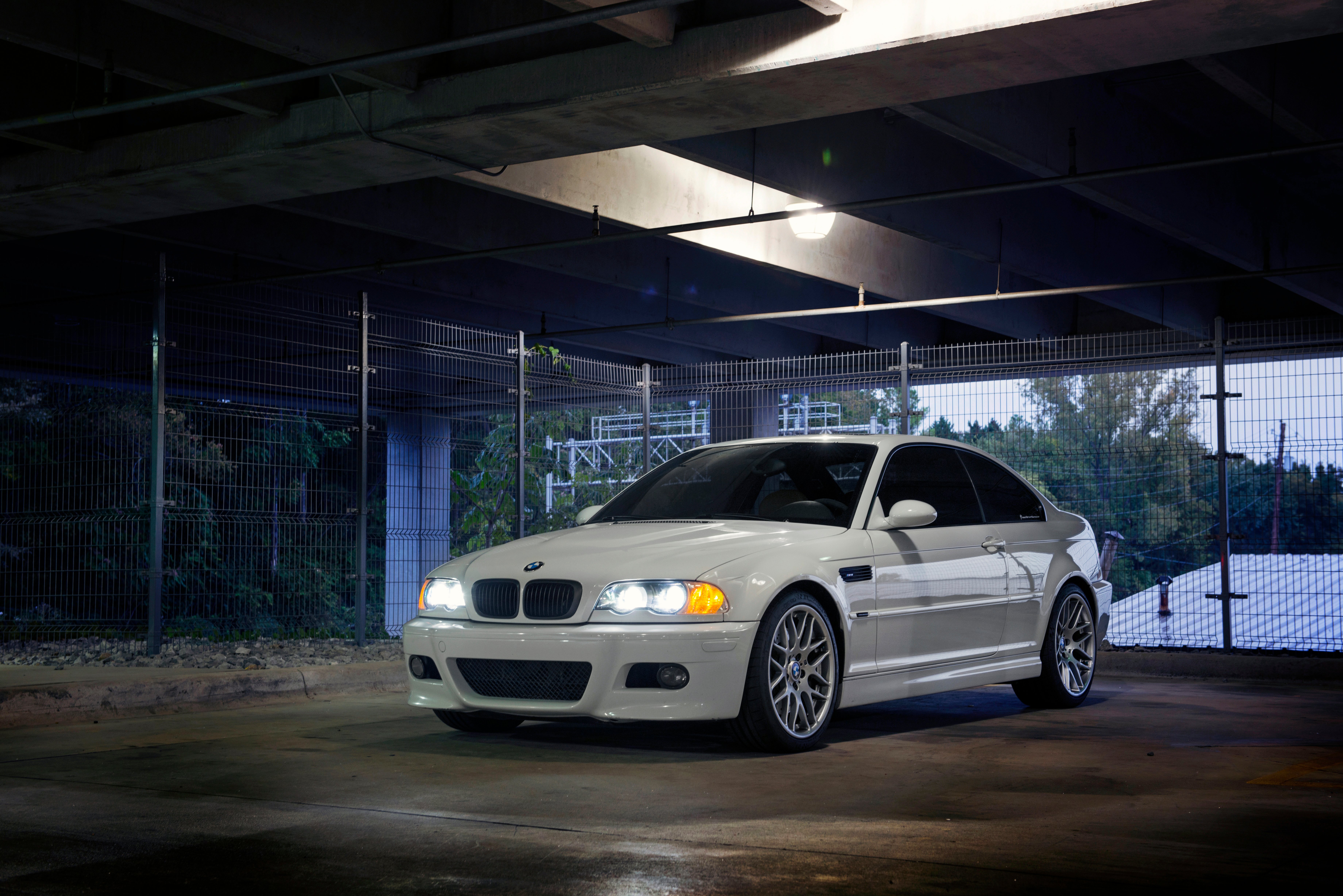
Polarity
All the common LED bulb flickering issues have been solved with a PWM module. If you have just installed your LED lights on your car and you go to turn them on to only see nothing, you may have a polarity issue.
This is super easy to fix. Just take out the bulb, flip it, and plug it back in.
CONCLUSION
LED lights are a worthwhile upgrade to your vehicle. Not only are they more long-lasting than the OEM halogen bulbs, but they are also brighter.
If you are looking to make an upgrade from halogen to LED, check out retailers like Headlight Revolution, The Retrofit Source, or Xenon Depot. They are all reputable sellers and have a ton of products that fit nearly any vehicle application.
Have any questions? Have you encountered other LED flickering problems? Drop us a comment and we can help you out. In the meantime, stay tuned to Better Automotive Lighting for all the latest on industry news, product releases, and articles like this one!



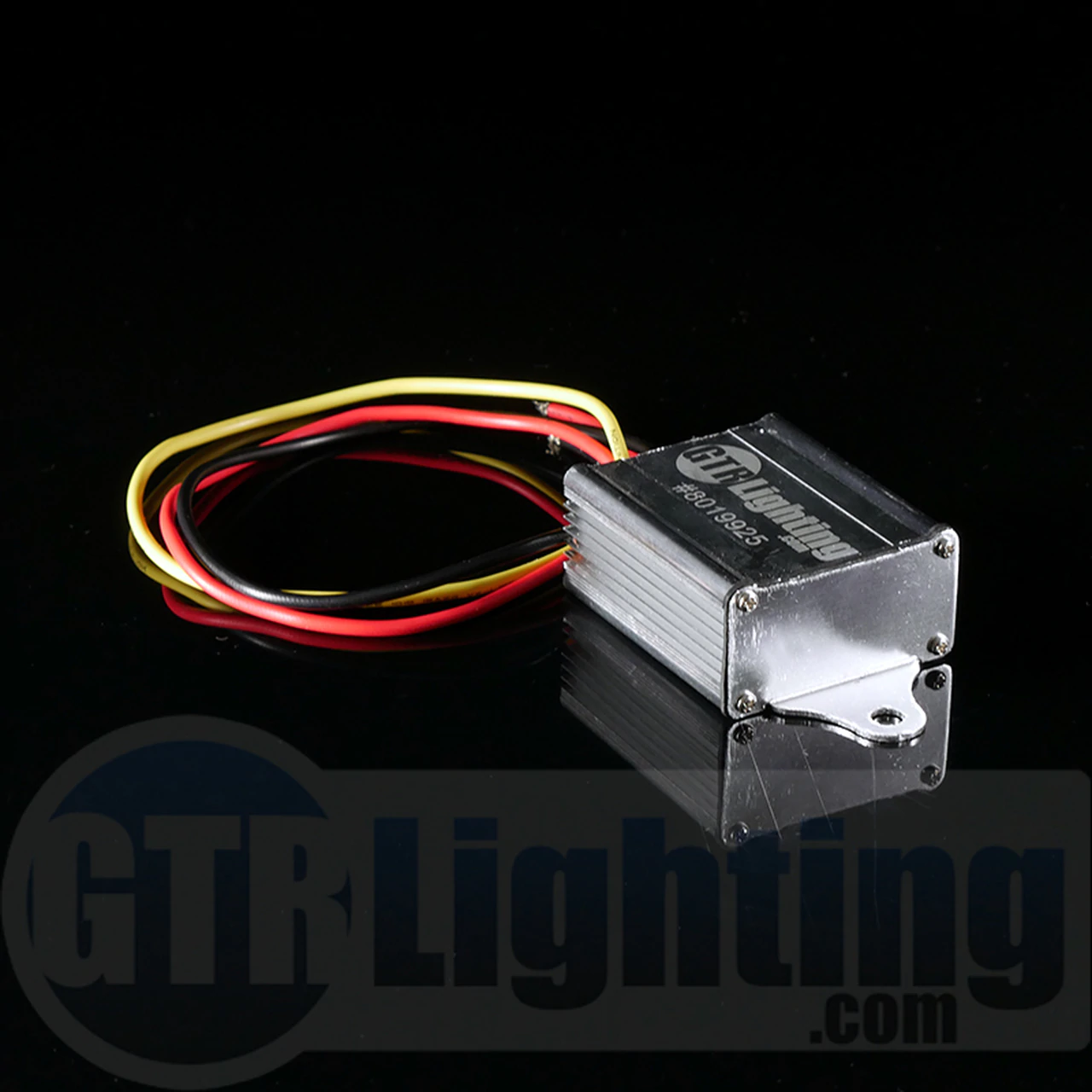
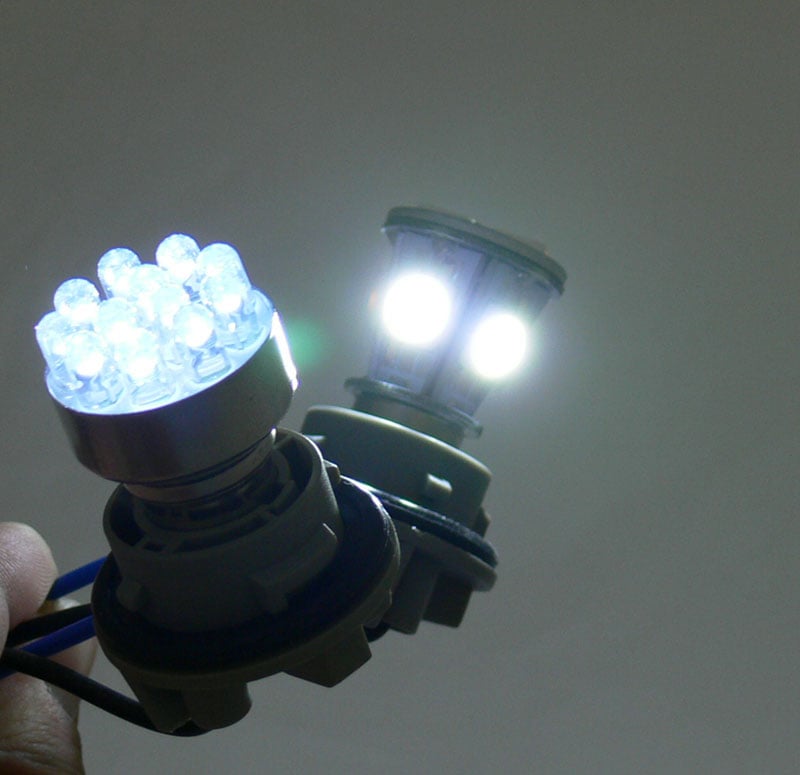

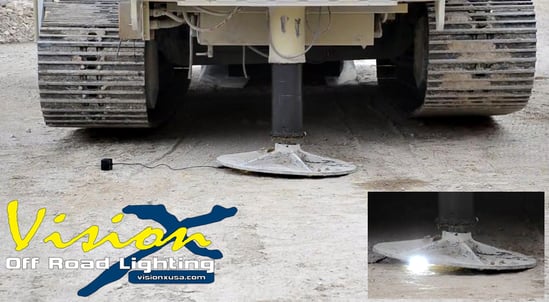
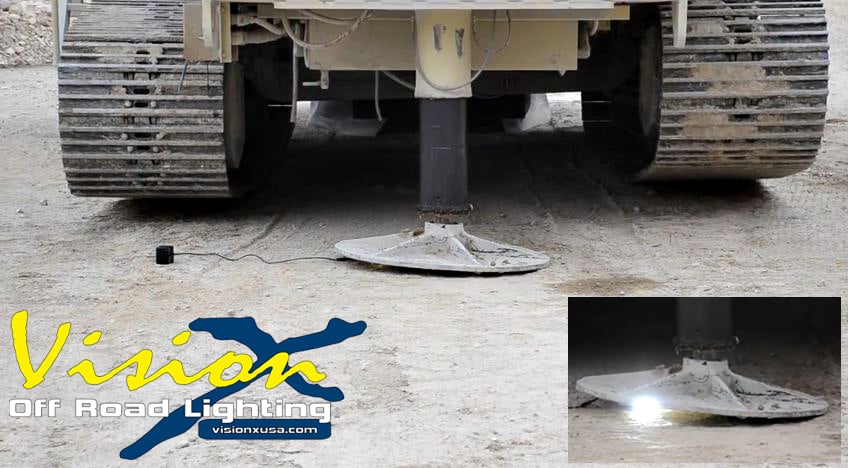
.png?width=300&height=87&name=logo%20(1).png)